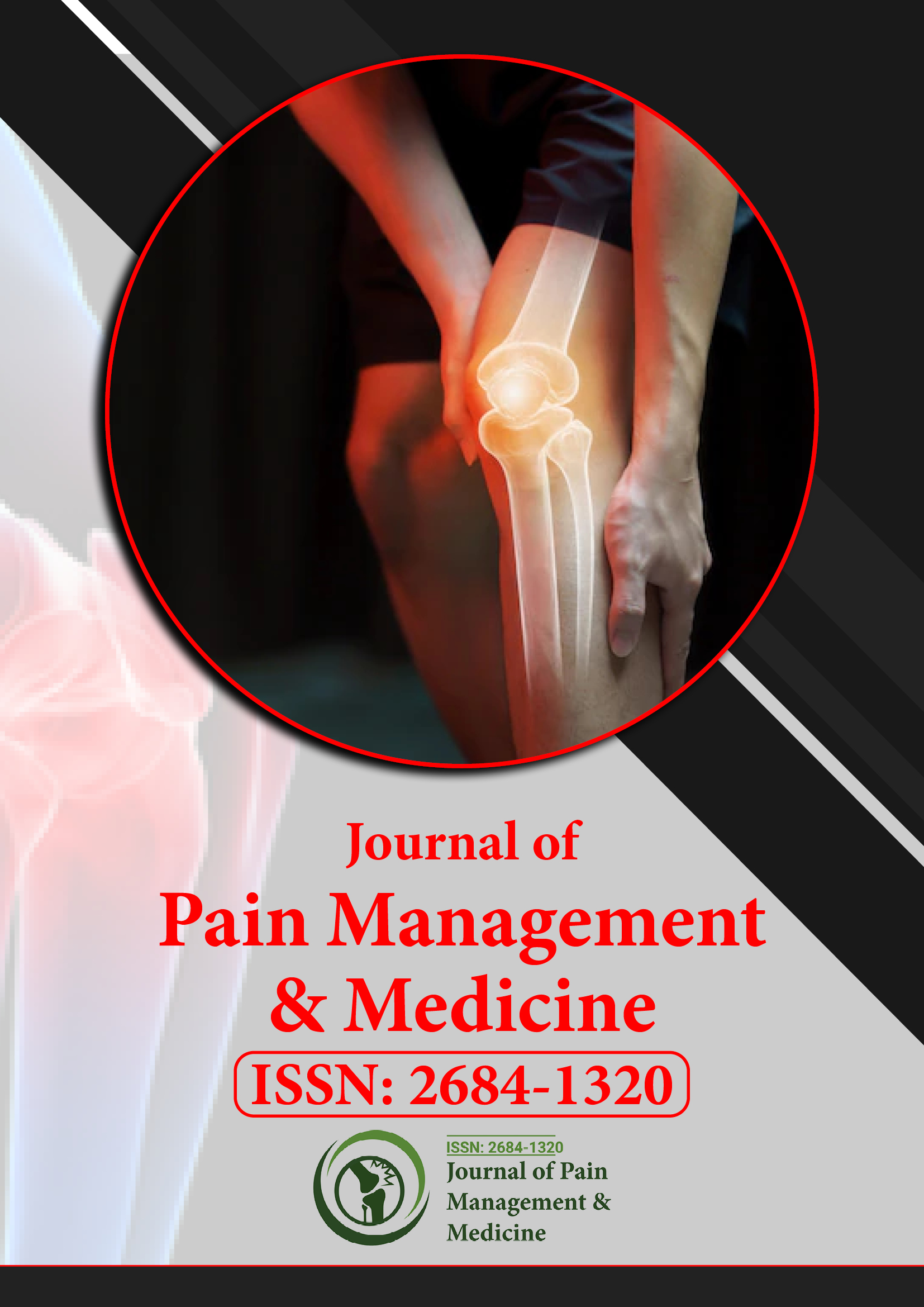インデックス付き
- レフシーク
- ハムダード大学
- エブスコ アリゾナ州
- パブロン
- ユーロパブ
- Google スカラー
- 高品質のオープンアクセス市場
このページをシェアする
ジャーナルチラシ

概要
ケタミン:高地での外傷患者に対する理想的な疼痛管理
カイル・デイビス
高度は、体内でさまざまな生理学的変化を引き起こします。細胞に供給される酸素の量を乱す変化により、酸塩基平衡が変化し、呼吸困難、高炭酸ガス血症、低酸素症などの異常を引き起こします。これらはすべて、外気を呼吸するときにはまれな問題です。冒険好きでスリルを求める人々が高地へ旅行することが増えるにつれ、医療提供者がこれらの影響を理解することがますます重要になっています。低酸素環境での薬物の薬力学に特に注意を払います。外傷患者は、継続的な監視と適切なリソース管理を必要とするため、高地では特に重要です。すべての医療提供者の外傷プロトコルには、患者の疼痛管理が含まれています。オピオイド麻薬の不適切な投与からは常に副作用が発生する可能性がありますが、酸素分圧が低いとこれらの懸念が増幅されます。懸念は主に呼吸ドライブの抑制に関連しています。したがって、高地で麻薬を投与するリスクが高まります。ケタミンは、高地での鎮痛のニーズにうまく対応し、深刻な CNS 抑制の可能性を排除します。この記事は、高地外傷患者におけるケタミンの使用について教育し、促進することを目的としています。最終目標は、厳しい環境でも過失ではなく怠慢によるエラーを回避するために必要な自信を身に付けることです。
免責事項: この要約は人工知能ツールを使用して翻訳されており、まだレビューまたは確認されていません